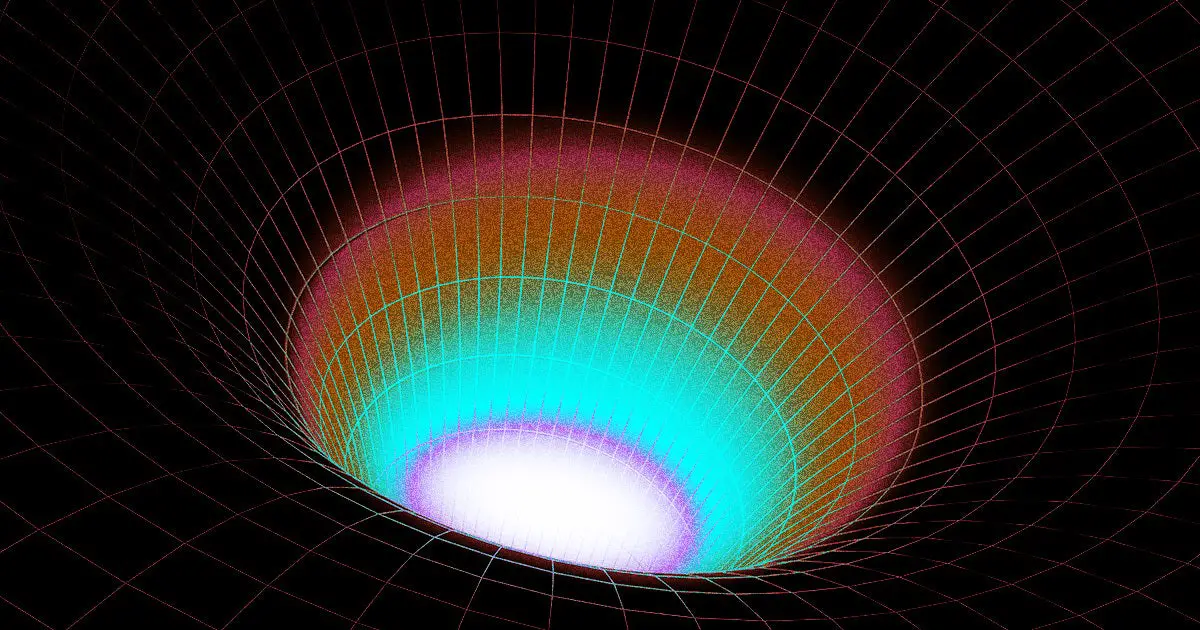Cosmic Channel
Astronomers say they’ve found an “interstellar tunnel” in our solar neighborhood that could lead to other star systems.
As detailed in a new study published in the journal Astronomy & and Astrophysics, the tunnel exists as part of an enormous structure of hot gas with a radius of hundreds of light years that surrounds our solar system known as the Local Hot Bubble. What’s more, the findings suggest that it could connect with a nearby and even larger bubble.
Using extensive data collected by the eROSITA telescope, the first x-ray observatory fully outside of the Earth’s atmosphere, the researchers generated a 3D model of the entire LHB, confirming some features that astronomers had predicted, but also uncovering entirely new ones.
“What we didn’t know was the existence of an interstellar tunnel towards Centaurus, which carves a gap in the cooler interstellar medium,” said study coauthor Michael Freyberg, an astronomer at Germany’s Max Planck Institute for Extraterrestrial Physics, in a statement. “This region stands out in stark relief thanks to the much-improved sensitivity of eROSITA and a vastly different surveying strategy compared to ROSAT,” the space telescope’s predecessor.
Living in a Bubble
The existence of the LHB, or simply the Local Bubble, was first proposed over fifty years ago to explain the pervasive presence of background x-ray radiation. Since the space between star systems is filled with diffuse clouds of gas and dust known as the interstellar medium — the stuff that coalesces to form stars — these low energy x-ray emissions should have been absorbed long before we could detect them.
But what if our cosmic neck of the woods was empty for some reason? That would be the Local Bubble. Astronomers believe it formed some fourteen million years ago, when a chain of supernovas blew all nearby interstellar material away, creating a cavity around 1,000 light years in diameter. As evidence, we can see remnants of these supernovas today.
The idea has faced challenges; decades ago, it emerged that an interaction between our Sun’s solar winds and our planet’s outer atmosphere could produce similar x-ray emissions, according to the researchers. But the idea has been further supported in recent years with observations of clusters of nascent stars forming on the border of this bubble.
Tip of the Iceberg
The authors suggest that the interstellar tunnel may be part of an entire interstellar medium network that spans the Milky Way, formed by blasts of energy released by stars.
Along with the interstellar tunnel, the detailed modeling of the Local Bubble revealed a temperature gradient across the structure, with the northern region notably hotter than the southern one.
This suggests that there may have been more recent supernovas that expanded the bubble and reheated its material, perhaps in the last few million years.
More on space: There’s Something Impossible About This Ravenous Black Hole, Scientists Say


Leave a Comment